If you don't have a serger you may be feeling a little intimidated at the idea of sewing with knit fabric. If so, be sure to read our other post under Sewing with Knits. In this post, I'm going to cover how to hem knit fabric with a twin Needle. Once you give it a try you'll see it's way easier than you ever thought!
How to Hem Knit Fabric with a Twin Needle
The key is prepping the area to be hemmed and using the right needle. Once you've done that the rest is just like sewing. When we sew the hems on our t-shirt these are the steps we're going to follow.
Prepping the Fabric
The first step is to press the hem in place. An Ezy-hem is the quickest way to do that. Instead of pinning it in place I like to use fusible webbing. We will be sewing on the top of the fabric so having it held in place is very important.
The Twin Needle
Stretch twin needles are designed with the same ballpoint tips as the single-stretch needles to prevent snags. Twin needles share one shank that inserts into your sewing machine. Most machines (excluding straight stitch only) can utilize two needles.
A twin needle is great for topstitching hems as it stitches two rows of straight stitches on top of the hem, and the bobbin thread forms a zigzag stitch on the reverse side to build stretch into the hem. This will help keep stitches from popping when the fabric is stretched.
When threading the twin needle you will need to manually thread it. Most automatic needle threaders can not accommodate a twin needle.
Lining up the Fabric to Sew
When sewing with a twin needle you sew on the top side of the fabric. For hemming, we want the raw edge of the fabric to be covered by the bobbin and needle thread. To ensure this our seam allowance measurement needs to be the same as the measurement of the hem. That means if your hem is 1" line up the folded under the edge of the fabric with a marking on the throat plate that is 1" from the left needle.
Sewing the Hem
Set your machine for a stretch stitch if the machine has it. Most newer (last 10 years) models do. If your's does not play around with a zigzag stitch on a scrap piece of the fabric. You will want to decrease the width to almost nothing. To make sure you have it set correctly, turn the hand wheen slowly towards you. Make sure that the needle is not going to hit the presser foot. You don't have to worry about this step when using a stretch stitch.
Sew slowly making sure not to pull or push the fabric.
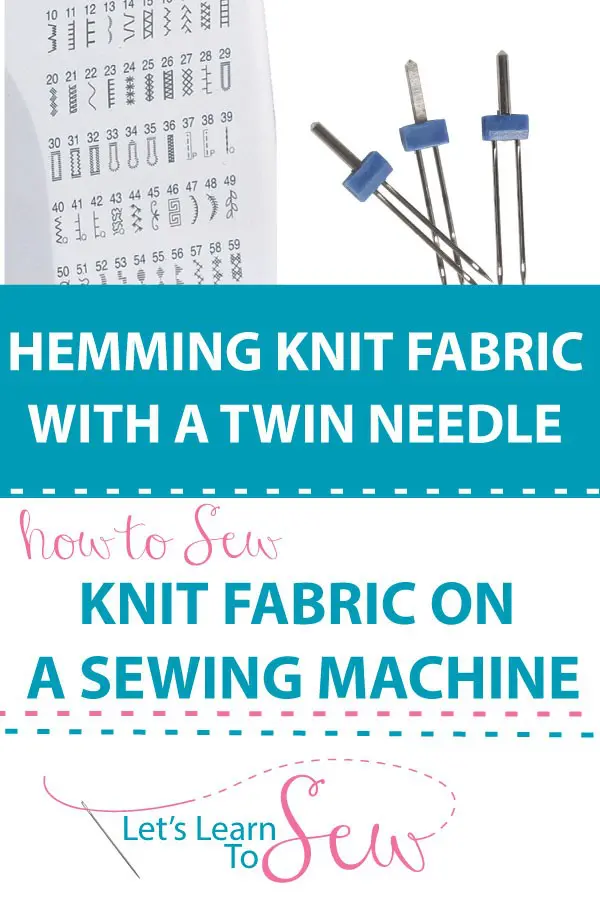

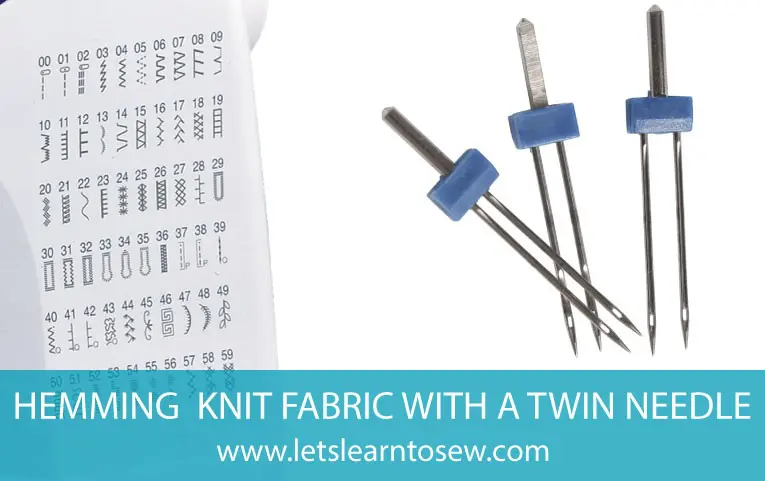
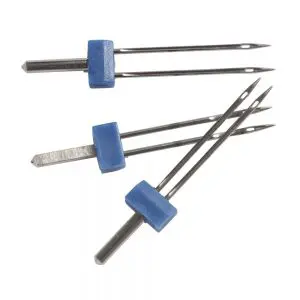
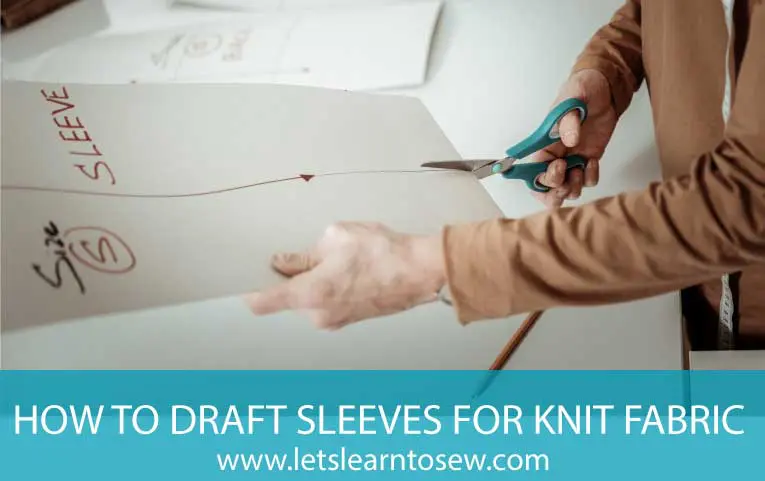

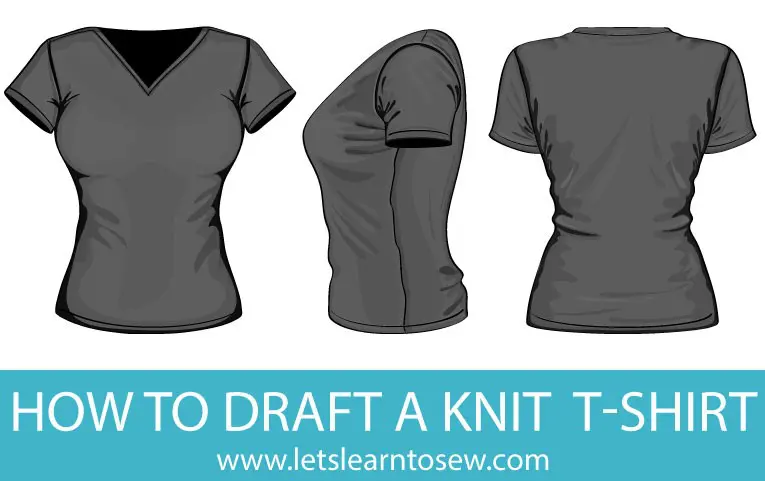

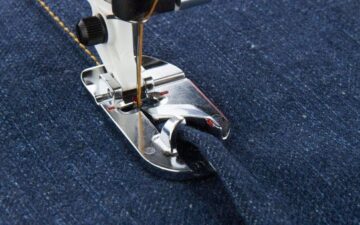



Leave a Reply